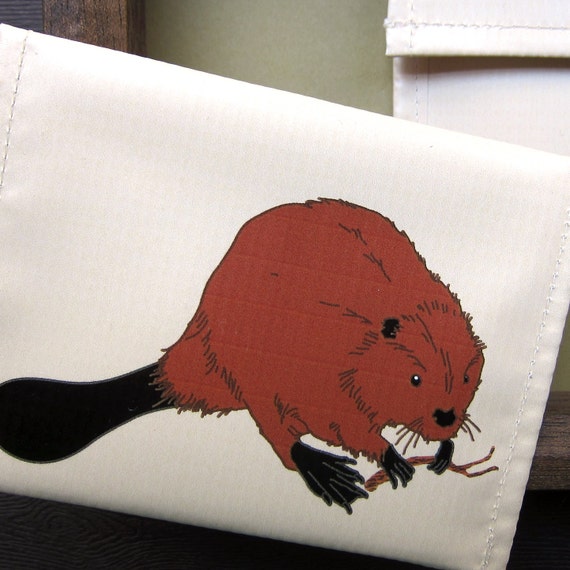Salmon win court ruling that ‘sets aside’ Marin countywide plan
In a sharply critical decision that leaves Marin’s planning document in legal limbo, an appellate court ordered more analysis of how development affects San Geronimo Valley’s endangered coho salmon.
The ruling by the 1st District Court of Appeal in San Francisco reversed a Marin Superior Court decision, “sets aside” the 2007 countywide plan and its environmental report pending study of the impact of creekside building on salmon, and declared that a building ban was improperly imposed in San Geronimo.
Did you read about the Marin appellate decision protecting salmon? Our friends at SPAWN took the powers that be to court with the backing of some 22 conservation organizations and won a decision that is making no friends among the developers. 
Fishery activists at the Salmon Protection and Watershed Network of Forest Knolls, which contested county compliance with state environmental law and sued to get tougher creekside building rules, hailed the ruling as a triumph. “We hope that after this decision, county supervisors are ready to work together so we can save these species from extinction,” said Todd Steiner, head of the salmon network.
“The judges agreed with Spawn that the county acted unlawfully because the environmental impact report provides no help to decision-makers or the public to understand the likely consequences of allowable build out,” said Deborah Sivas of Stanford Law School’s Environmental Clinic, which represented the salmon network along with attorney Michael Graf.
If that name sounds vaguely familiar, it should. Michael Graf was the attorney who represented Worth A Dam in the failed effort to stop the sheet pile from going through the beaver lodge. Remember? He generously charged us very little and got his friend the geomorphologist to walk our creek and do the same. The city didn’t mind breaking the law anyway, but that’s blood under the bridge now. Seems like eons ago that I was worried the sheet pile would kill the beavers or drive them away. Congratulations Michael and SPAWN for a fight well won!
All this lays the foundation for the NEXT lawsuit to appear in Marin. One where trapping ‘nuisance’ beavers is considered a threat to the salmon population. What’s that you say, beavers weren’t native to Marin? (Or Alameda? Or San Jose?) Guess what was published and went online yesterday?
 Here’s the abstract, but you really need to go read the whole thing. Eli’s graphs are stunning.
Here’s the abstract, but you really need to go read the whole thing. Eli’s graphs are stunning.
The North American beaver (Castor canadensis ) has not been considered native to the watersheds of coastal California or the San Francisco Bay Area. These assertions form the basis of current wildlife management policies regarding that aquatic mammal, and they date to the first half of the 20th century. This review challenges those long-held assumptions based on verifiable (physical) and documented (reliable observational) records. Novel findings are facilitated by recently digitized information largely inaccessible prior to the 21st century. Understanding that beaver are native to California’s coastal watersheds is important, as their role in groundwater recharge, repair of stream channel incision, and restoration of wetlands may be critically important to the conservation of threatened salmonids, as well as endangered amphibians and riparian-dependent birds,
The timing on this could NOT be better, as we head off to the Salmonid Restoration Conference this week. It ends with a piercing reminder of how important beavers are to salmon, which I’m hoping the timing of the Marin decision bumps into the news cycle. There are a lot of parts I love about this paper, and Rick’s son did a stunning job of pulling the whole thing together, but you’ll pardon me if this is my very favorite part:
Today California’s coastal beaver are widely regarded as the non-native survivors of twentieth century translocations, and when they cause flooding problems or fell trees, depredation permits are often provided. Understanding beaver as native to coastal ecosystems may impact this decision-making.
Of course, I would have phrased less subtly, like STOP PRETENDING YOU’RE KILLING BEAVERS BECAUSE THEY AREN’T NATIVE, IDIOTS, but this paper and the sierra ones should permanently bury the myths about beaver absence from most of California.
49 other states never believed it anyway. I’m glad we finally tackled the 50th.
















































